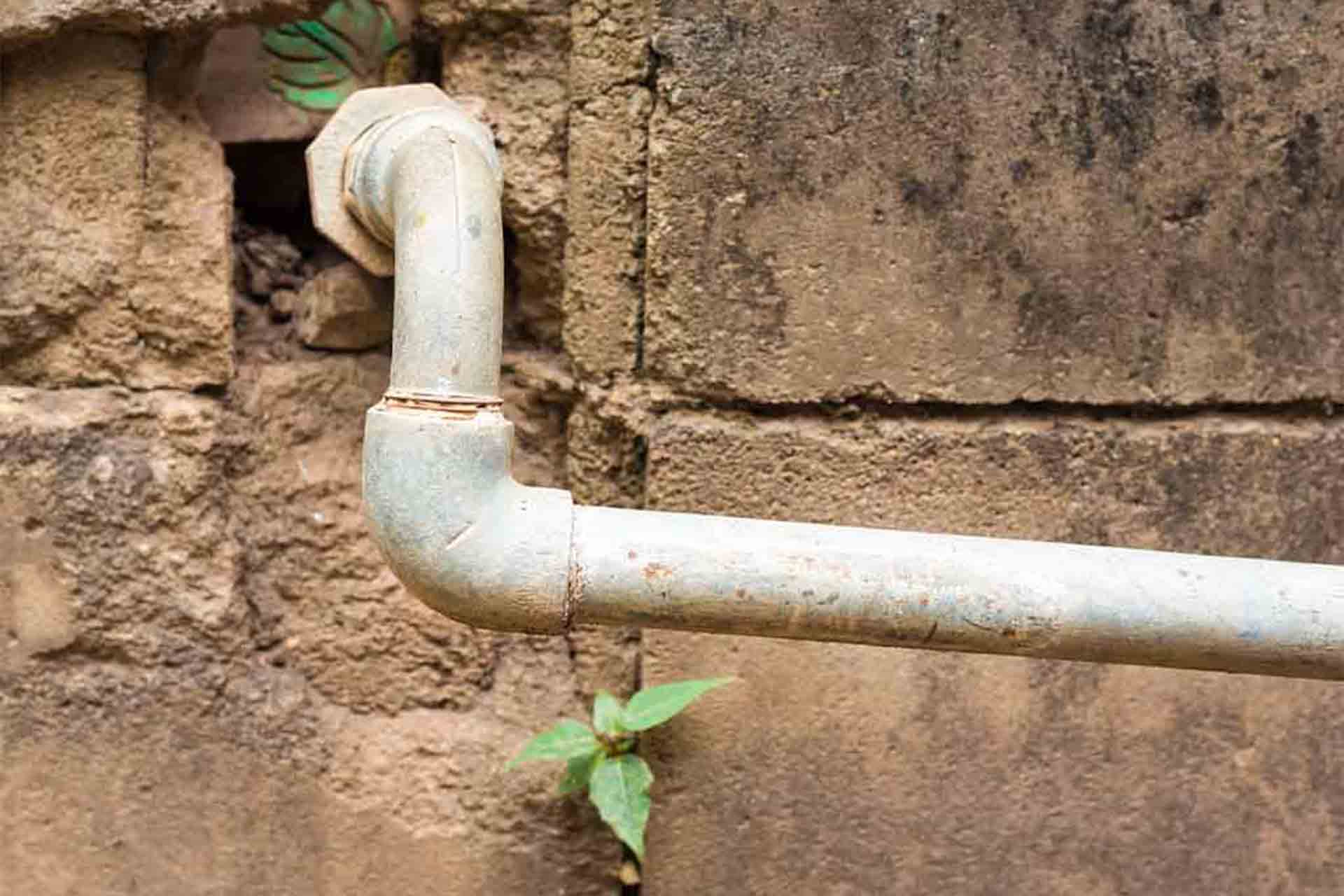

Articles
How To Find Plumbing Pipe In Walls
Modified: May 6, 2024
Looking for articles on how to find plumbing in walls? Discover expert tips and techniques to locate hidden pipes and avoid costly mishaps.
(Many of the links in this article redirect to a specific reviewed product. Your purchase of these products through affiliate links helps to generate commission for Storables.com, at no extra cost. Learn more)
Introduction
When it comes to plumbing issues, one of the most challenging tasks can be locating the plumbing behind walls. Whether you’re planning a renovation, dealing with a leak, or simply curious about the layout of your plumbing system, knowing how to find plumbing in walls can save you time, money, and potential damage.
While it may seem like a daunting task, with the right tools and techniques, you can successfully locate plumbing behind walls. In this article, we will guide you through a step-by-step process to help you find plumbing in walls.
Before you begin, it’s important to note that the methods outlined are suitable for identifying common plumbing lines such as water supply, drainage, and vent pipes. However, for more complex systems or specialized plumbing features, it’s best to consult with a professional plumber.
Now, let’s dive into the steps to find plumbing in walls.
Key Takeaways:
- Locating plumbing behind walls requires the right tools and techniques, such as using a stud finder, listening for running water, and conducting visual inspections. However, consulting with a professional plumber is recommended for complex systems.
- While methods like thermal imaging and checking for water stains can help find plumbing, they may not guarantee absolute accuracy. It’s essential to combine multiple approaches and seek expert help when necessary.
Read more: How To Replace Plumbing Pipes
Step 1: Gather the necessary tools
Before you start searching for plumbing in walls, it’s important to have the right tools on hand. Here are some essential tools you’ll need:
- A stud finder: This tool will help you locate the wooden framing behind the wall, which can indicate the presence of plumbing pipes.
- A flashlight: A good source of lighting is essential for inspecting dark and hard-to-reach areas behind walls.
- A thermal imaging camera: While not necessary, a thermal imaging camera can be a valuable tool for identifying temperature differences that may indicate the presence of hot or cold water pipes.
- A screwdriver: A screwdriver may come in handy for removing wall plates or accessing hidden areas.
- A tape measure: Having a tape measure will allow you to measure distances accurately and note the location of plumbing fixtures.
By having these tools ready, you’ll be well-equipped to begin your search for plumbing in walls.
Step 2: Locating the plumbing plans
Before you start physically searching for plumbing behind walls, it’s a good idea to check if you have access to the plumbing plans of your property. These plans provide a detailed layout of the plumbing system, indicating the location of pipes, fixtures, and main shut-off valves.
The plumbing plans may be available with the original building plans or with the local building department. You can also try contacting your homebuilder or the previous homeowners if they have any information regarding the plumbing layout.
Locating the plumbing plans can give you a head start by providing a blueprint of where the pipes are likely to run. With this information, you can narrow down your search and focus on specific areas of your walls.
If you are unable to find the plumbing plans, don’t worry. There are other methods you can use to locate plumbing behind walls.
Step 3: Identifying potential plumbing fixture locations
One effective way to find plumbing behind walls is by identifying potential fixture locations. Plumbing fixtures such as sinks, toilets, showers, and bathtubs are typically connected to pipes that run through the walls.
To locate these potential fixture locations, you can start by examining your home’s layout and considering the common plumbing necessities. Bathrooms, kitchens, utility rooms, and areas with water-dependent appliances are usually hotspots for plumbing fixtures.
Look for areas where there is easy access to water supply lines, drains, and vents. Pay attention to areas where there may be visible signs of plumbing fixtures, such as water supply valves, drain pipes, or exposed plumbing connections.
Additionally, keep in mind that plumbing fixtures are often arranged in a logical manner. For example, in multi-story buildings, bathrooms are usually stacked one on top of the other to share plumbing lines. Use this knowledge to your advantage when trying to locate plumbing behind walls.
Once you’ve identified potential fixture locations, you can use this information as a starting point to investigate further and narrow down your search for plumbing in walls.
Step 4: Using a stud finder to locate pipes
A stud finder is an invaluable tool when it comes to locating plumbing pipes behind walls. While it’s primarily used for finding wooden studs, it can also help detect the presence of pipes.
Start by selecting the stud finder’s “metal scan” mode or any mode suitable for detecting pipes. Slowly slide the stud finder along the wall surface, following a horizontal or vertical pattern. The stud finder will indicate when it detects a metal object, which could potentially be a plumbing pipe.
It’s important to note that a stud finder may not be able to accurately pinpoint the exact position of the pipe, but it will give you a general idea of its location. As you scan the wall, mark the areas where the stud finder detects metal objects. This will serve as a reference for further investigation.
Keep in mind that stud finders work best on walls with drywall. If your walls are made of other materials such as plaster or tile, you may need to use alternative methods to locate pipes, such as visual inspection or checking for water stains.
Using a stud finder is a quick and reliable way to identify potential areas where plumbing pipes may be present, helping you narrow down your search and focus on specific sections of the wall.
Read more: How To Insulate Plumbing Pipes
Step 5: Listening for running water or dripping sounds
Another method to find plumbing behind walls is by using your sense of hearing. When pipes are in use, they often produce distinctive sounds, such as running water or dripping. By listening carefully, you can identify the general area where the plumbing may be located.
Start by turning off all sources of noise in your home, such as TVs or appliances. Be in a quiet environment and move to different areas of your house where you suspect plumbing may be present. Put your ear close to the walls and listen for any sounds of flowing or dripping water.
It’s important to note that this method works best when pipes are in use. Turn on faucets, showers, or toilets to stimulate the sound of water flowing through the plumbing system. This will make it easier for you to detect any audible signs of plumbing behind walls.
When you hear running water or dripping sounds, try to locate the general direction from which the sounds are coming. This will give you a clue about the area where the plumbing pipes might be located.
While this method is not as precise as using specialized tools, it can be a helpful indicator when combined with other techniques. By listening attentively, you can gather valuable information and narrow down your search for plumbing in walls.
Use a stud finder to locate the studs in the wall, as plumbing pipes are often installed near them. Look for signs of plumbing such as water shut-off valves, and use a pipe and wire detector to trace the pipes behind the wall.
Step 6: Visual inspection for exposed pipes
A visual inspection is an effective method to locate plumbing behind walls, especially when there are exposed pipes or visible plumbing connections. While not all plumbing systems have exposed pipes, older homes or certain areas like basements and utility rooms may have pipes that are readily visible.
Start by examining the areas where plumbing is more likely to be exposed, such as unfinished basements, utility rooms, or crawl spaces. Look for pipes running along the walls, ceiling, or floor. These exposed pipes can give you a clear idea of the route of the plumbing lines and the locations where they penetrate the walls.
If you come across any visible plumbing connections or valves, take note of their location and use it as a reference point to determine the general direction of the pipes behind the walls.
It’s important to remember that not all plumbing pipes will be visible, especially in finished areas of the house. However, if you do find exposed pipes, it can significantly aid in understanding the plumbing layout and narrowing down your search for hidden pipes.
Keep in mind that exposed pipes may not be found in every home or in every area of your house. Therefore, it’s essential to combine this method with other techniques to ensure a comprehensive search for plumbing in walls.
Step 7: Checking for water stains or discoloration
Water stains or discoloration on walls or ceilings can be a telltale sign of plumbing issues behind walls. When pipes leak or there is a water-related problem, it can result in visible marks or discoloration on the surface.
Inspect your walls and ceilings for any signs of water stains or discoloration. Look for patches that are darker, discolored, or show signs of moisture damage. These stains are often irregular in shape and may have a yellow or brownish tint.
Pay particular attention to areas around plumbing fixtures, such as sinks, toilets, showers, and bathtubs. These are common areas where leaks can occur and may manifest as stains or discoloration on adjacent walls.
If you identify any water stains or discoloration, use them as a clue to estimate the location of the plumbing problem. The stains can give you an idea of the general area where the pipes may be concealed behind the walls.
While water stains or discoloration are not always indicative of active leaks, they can still provide valuable information about the presence of plumbing behind walls. However, it’s important to note that this method may not be foolproof, and additional investigation may be required to confirm the exact location.
Combine this technique with other methods to get a comprehensive understanding of the plumbing behind walls and to pinpoint the source of any possible issues.
Step 8: Using a thermal imaging camera
A thermal imaging camera can be an advanced tool to detect temperature differences behind walls, which can help identify the presence of plumbing pipes. While not essential, a thermal imaging camera can provide valuable insights into the location of hot or cold water pipes.
To use a thermal imaging camera, follow these steps:
- Turn on the thermal imaging camera and allow it to calibrate to the room’s temperature.
- Scan the walls systematically, moving the camera along the surface.
- Look for temperature variations or anomalies that may indicate the presence of plumbing pipes.
- Hot water pipes may appear warmer than the surrounding area, while cold water pipes may be cooler.
- Take note of any temperature differences or patterns you identify.
A thermal imaging camera can help you quickly identify possible locations of plumbing pipes within the walls, as the temperature differences can be visible even without physical access. This can be particularly useful in situations where other methods are not yielding conclusive results.
However, it’s important to note that thermal imaging cameras can be costly and may not be readily available for everyone. If you don’t have access to a thermal imaging camera, don’t worry. You can still utilize other methods mentioned in this article to locate plumbing behind walls.
By combining the use of a thermal imaging camera with other techniques, you can further enhance your chances of successfully finding plumbing behind walls.
Read more: How To Clean Plumbing Pipes
Step 9: Consulting with a professional plumber
If you’ve followed the previous steps and still haven’t been able to locate the plumbing behind walls, or if you’re dealing with a complex plumbing system, it’s highly recommended to consult with a professional plumber.
A professional plumber has the knowledge, experience, and specialized tools to accurately locate and assess plumbing systems. They can provide expert guidance and insights into the specific layout of your plumbing behind walls.
Here’s why consulting with a professional plumber is beneficial:
- Expertise: Plumbers are trained to understand the complexities of plumbing systems and have the expertise to navigate through walls to locate hidden pipes.
- Specialized Tools: Professional plumbers have access to advanced tools and technologies that can accurately detect and trace plumbing lines.
- Problem Identification: If you’re facing a specific plumbing issue, a professional plumber can identify the problem and offer the most appropriate solution.
- Prevent Damage: By consulting with a professional plumber, you can avoid unnecessary damage to your walls or other structures while attempting to locate plumbing on your own.
- Peace of Mind: Hiring a professional plumber gives you the confidence that the job will be done correctly and efficiently.
When hiring a plumber, make sure to choose a licensed and reputable professional with a track record of quality work. They will assess your situation, provide accurate information about the plumbing behind your walls, and offer the best course of action.
Remember, it’s better to seek professional help when dealing with complex plumbing systems or if you’re unsure about locating the plumbing on your own.
Conclusion
Locating plumbing behind walls can be a challenging task, but with the right tools, techniques, and a bit of patience, it can be accomplished. By following the steps outlined in this article, you can enhance your chances of successfully finding the plumbing behind walls.
From gathering the necessary tools to consulting with a professional plumber, each step plays a crucial role in the process. Remember to gather the tools needed, locate plumbing plans if available, identify potential fixture locations, and use methods like using a stud finder, listening for running water or dripping sounds, and conducting visual inspections for exposed pipes.
Additionally, checking for water stains or discoloration and using a thermal imaging camera can provide additional insights. And if all else fails or if you have a complex plumbing system, consulting with a professional plumber is highly recommended.
It’s important to note that these methods serve as a guide and may not guarantee absolute accuracy. The interpretation of the results may require further investigation or the assistance of a professional. When in doubt, always consult with a licensed plumber who can provide specific recommendations tailored to your situation.
Remember, locating plumbing behind walls requires a combination of tools, techniques, and expertise. Take the necessary time and precautions to approach the task systematically and avoid any unnecessary damage.
Whether you’re planning a renovation, fixing a leak, or simply curious about your home’s plumbing layout, successfully finding the plumbing behind walls can save you time, money, and potential headaches.
Now that you've got the hang of spotting plumbing pipes within walls, why not expand your knowledge to broader scenarios? Delving into the realm of commercial establishments, understanding commercial plumbing systems is crucial for tackling larger scale projects. Whether you're a budding plumber or just curious about how plumbing complexities scale up in commercial settings, our detailed guide offers all the insights you need.
Frequently Asked Questions about How To Find Plumbing Pipe In Walls
Was this page helpful?
At Storables.com, we guarantee accurate and reliable information. Our content, validated by Expert Board Contributors, is crafted following stringent Editorial Policies. We're committed to providing you with well-researched, expert-backed insights for all your informational needs.
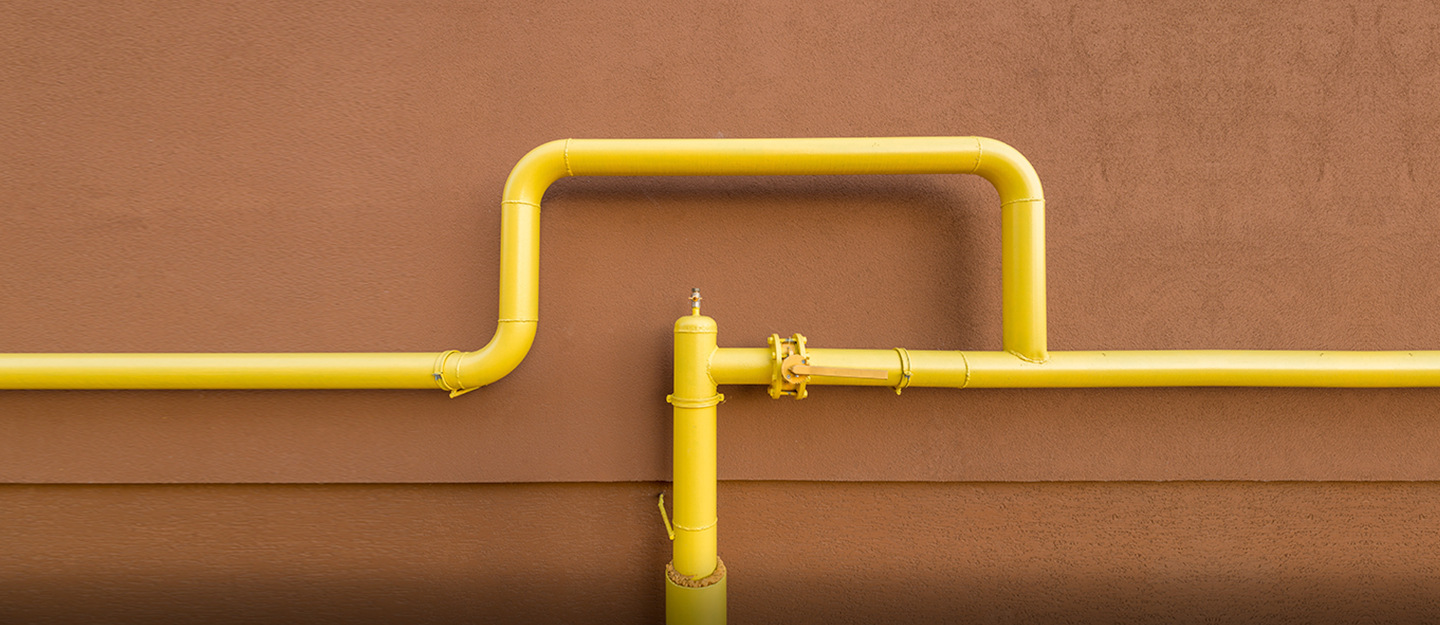
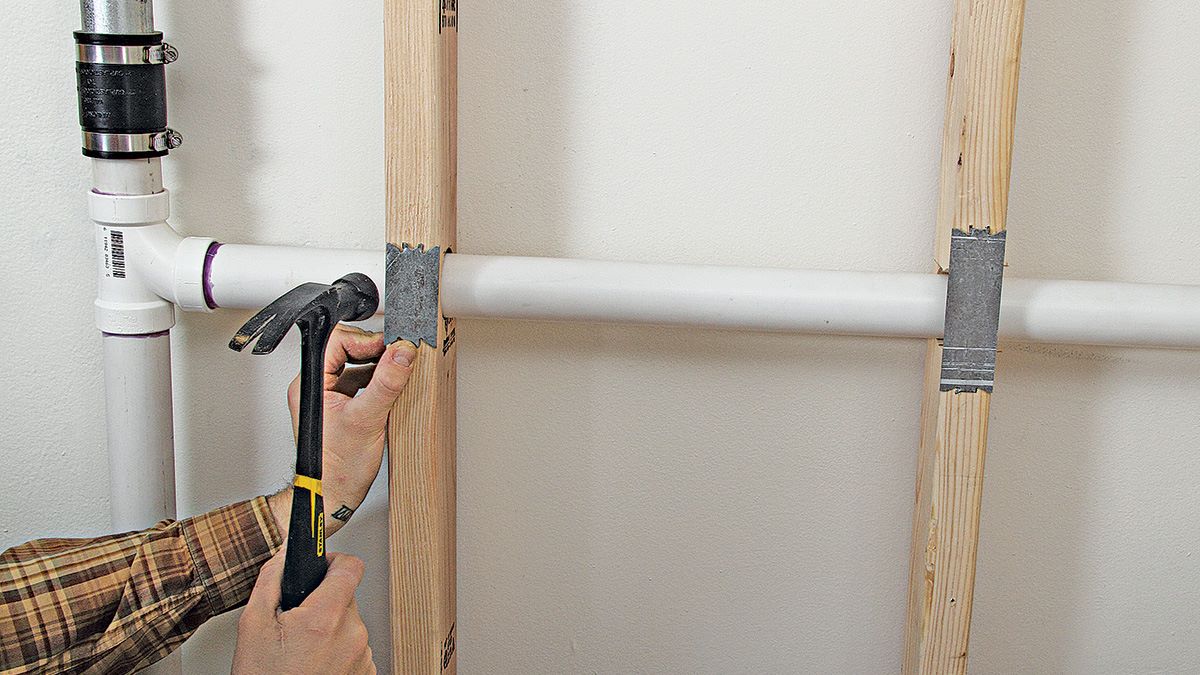
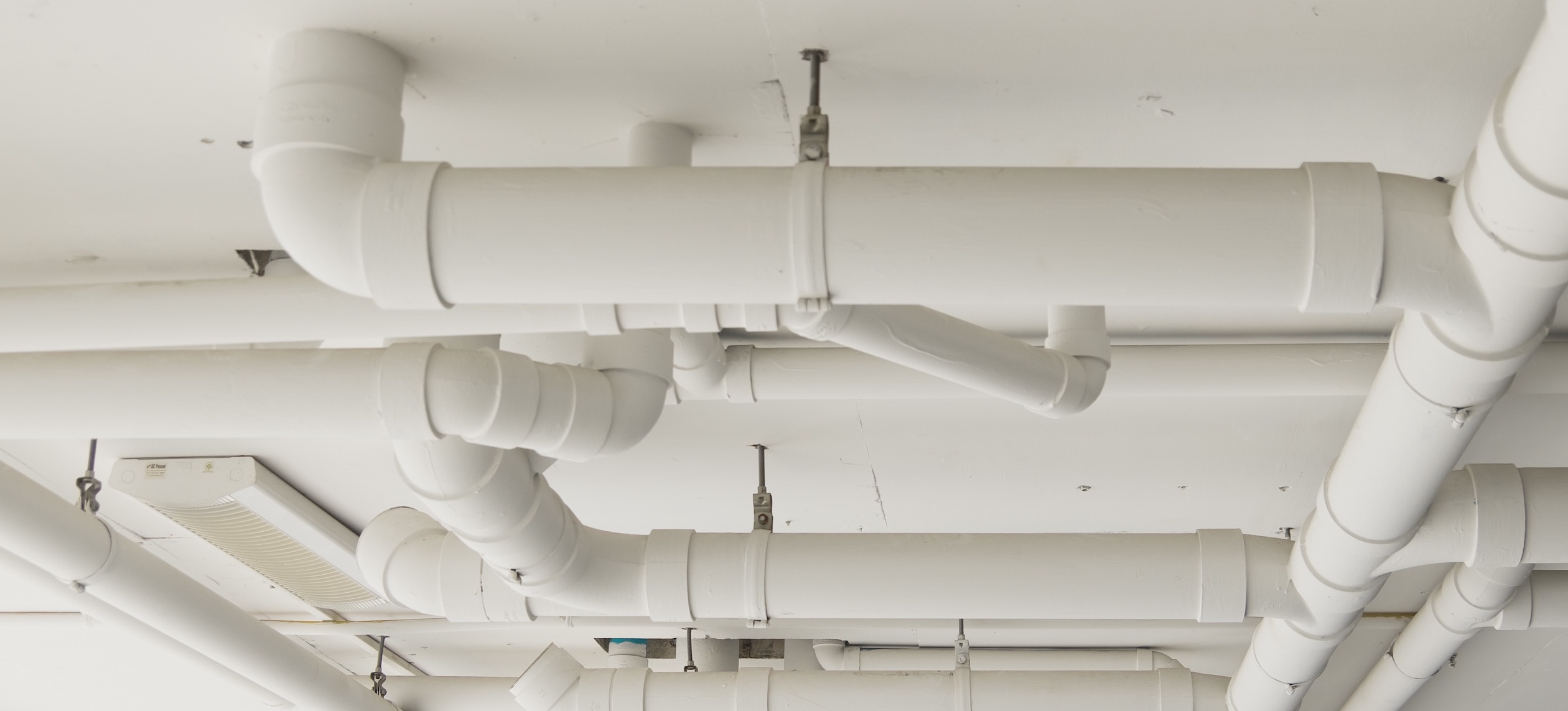
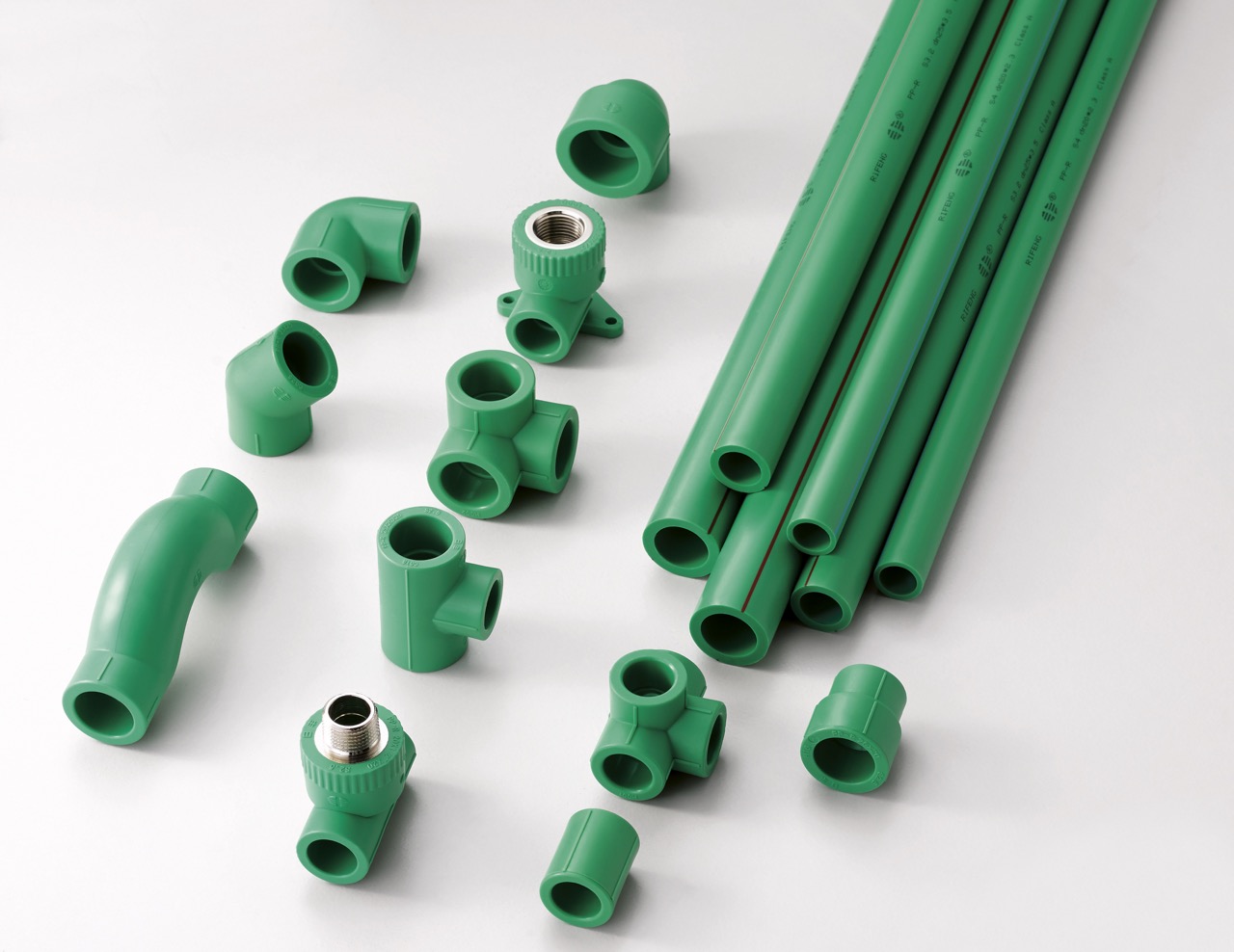
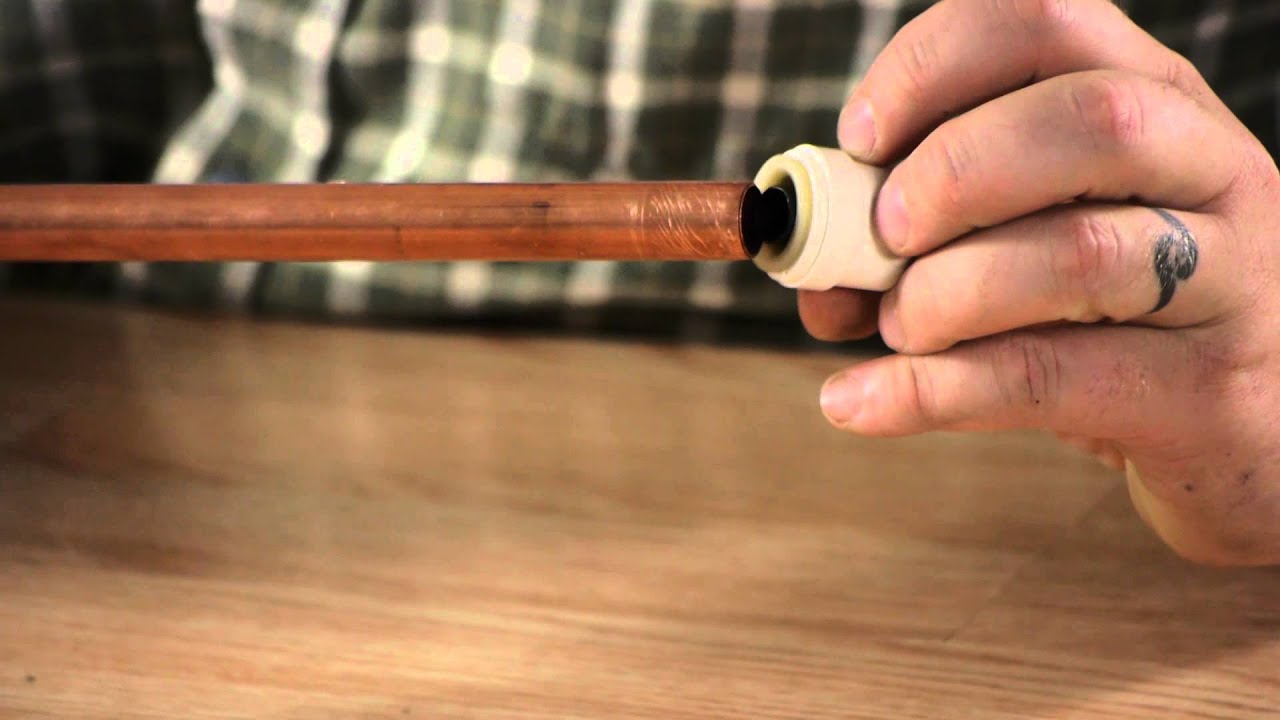
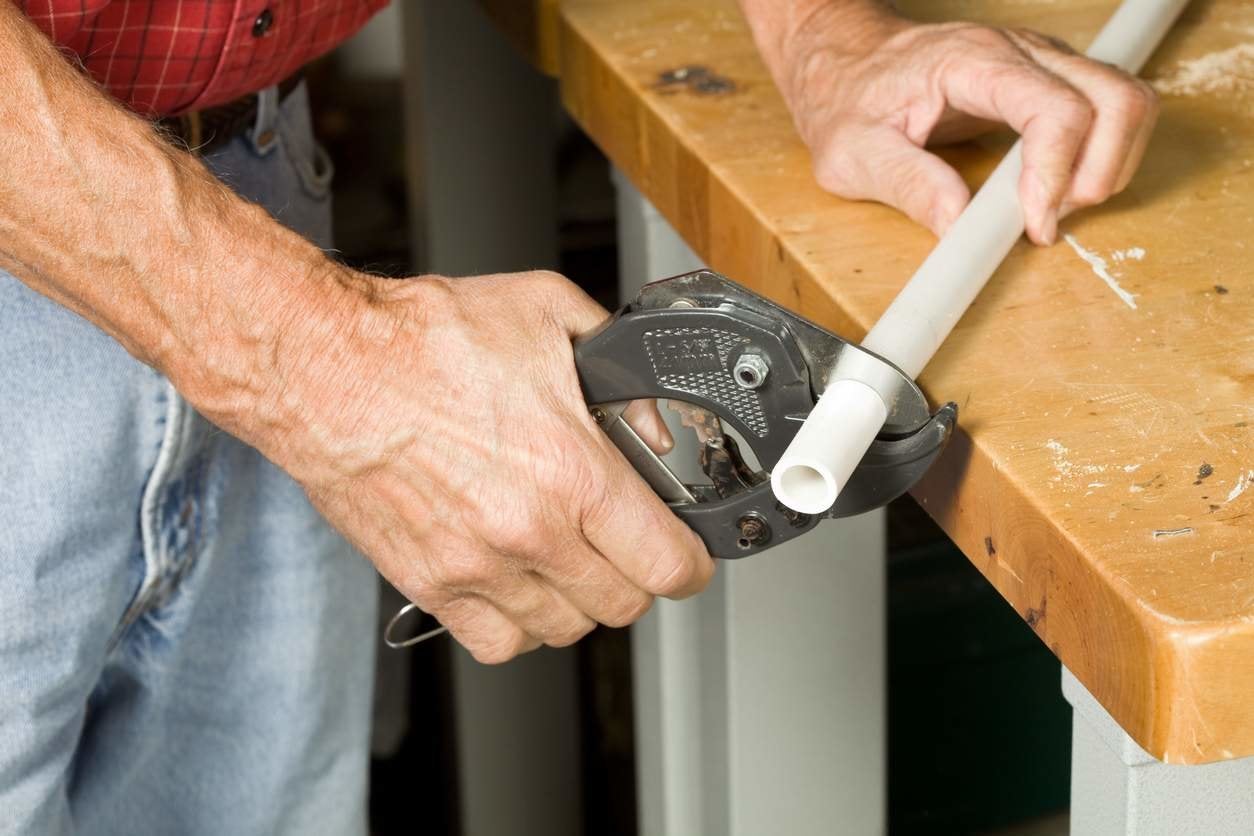
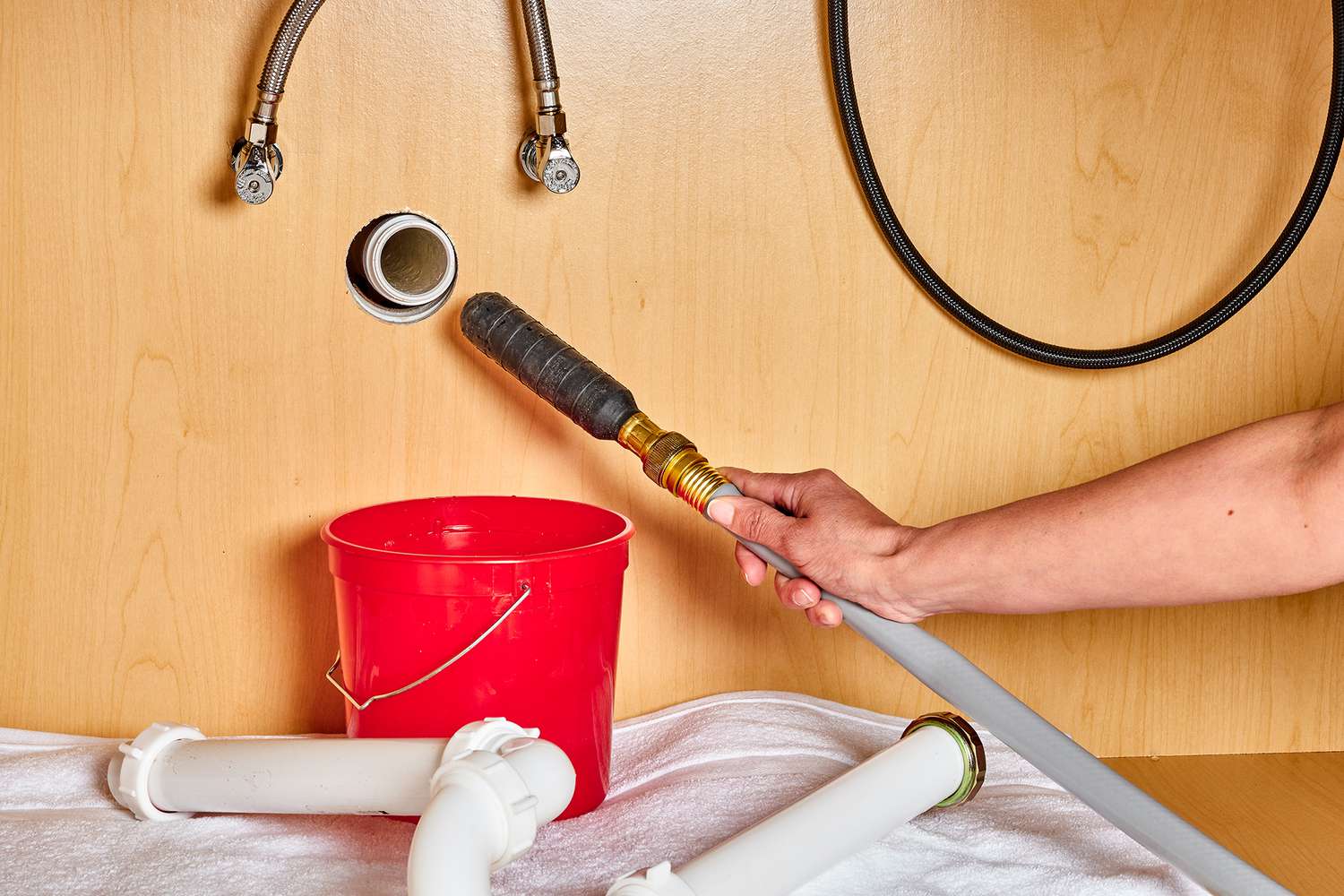
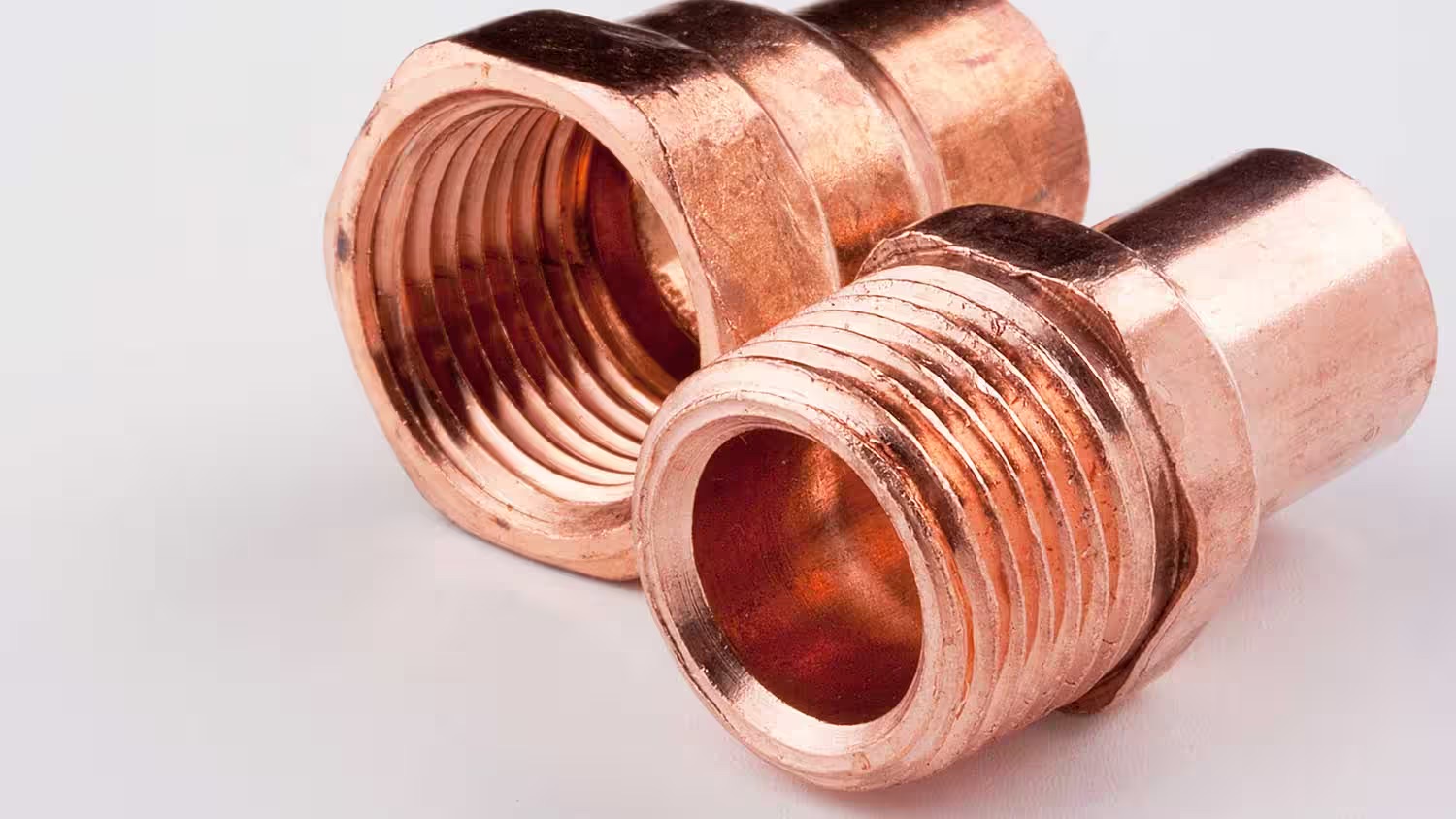
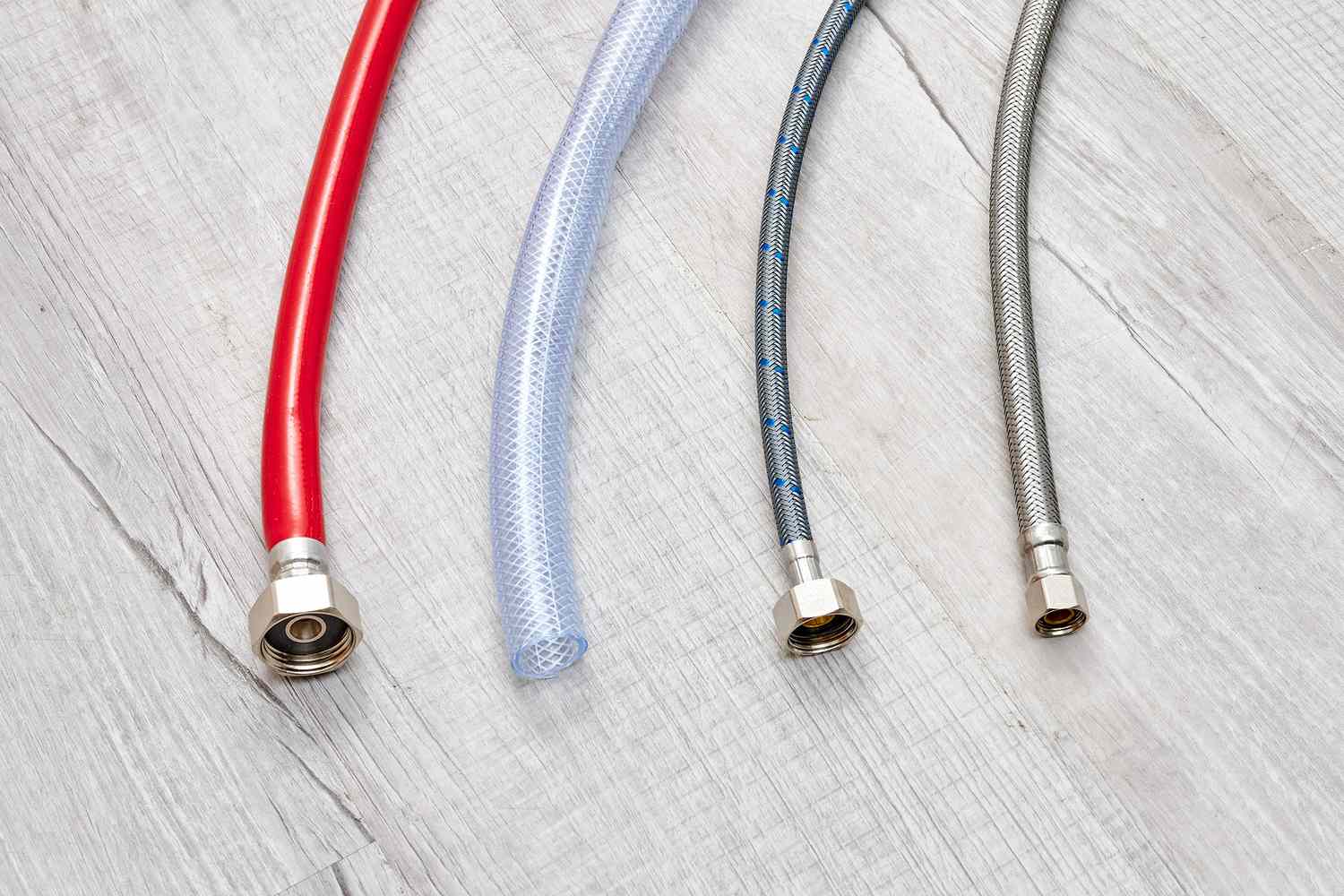
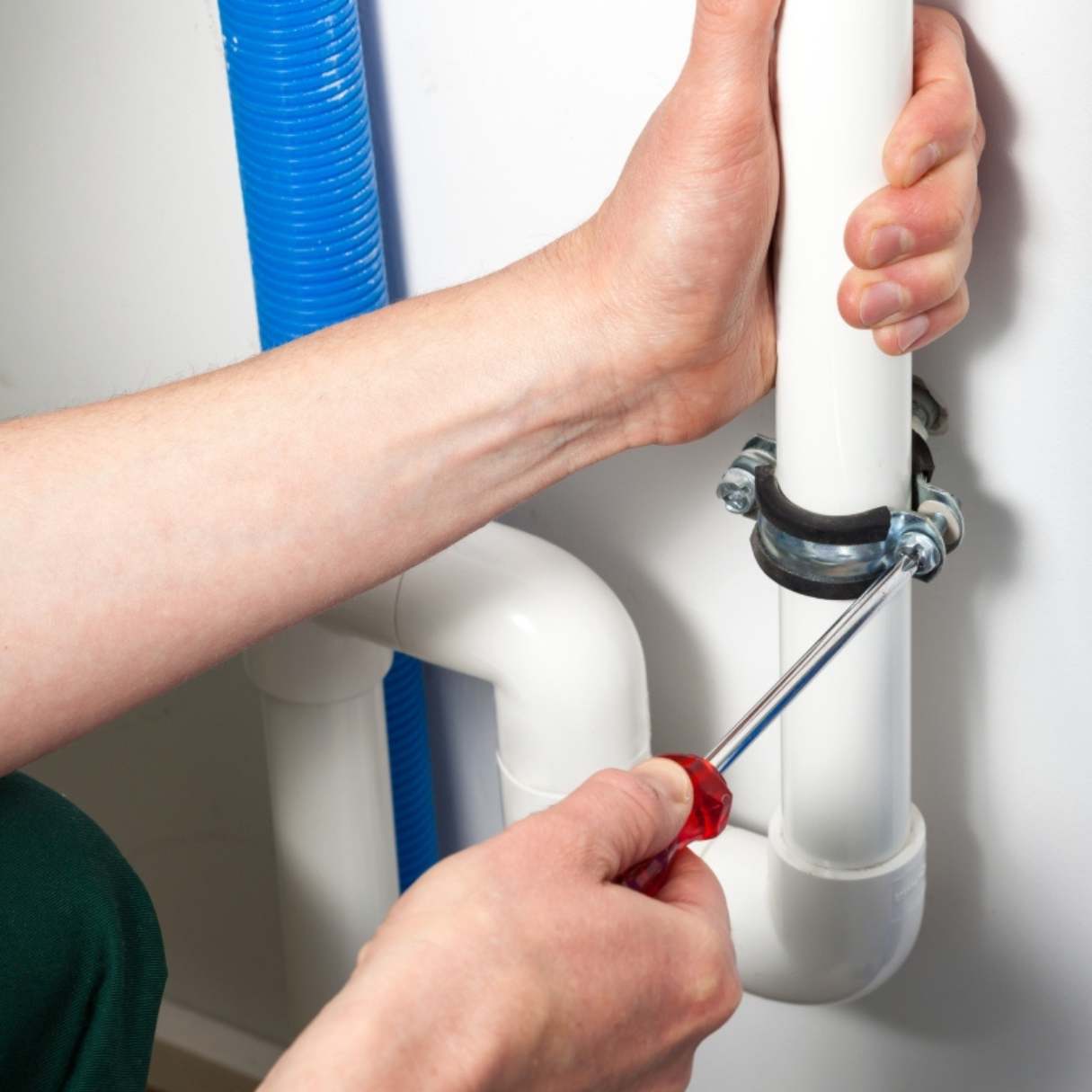
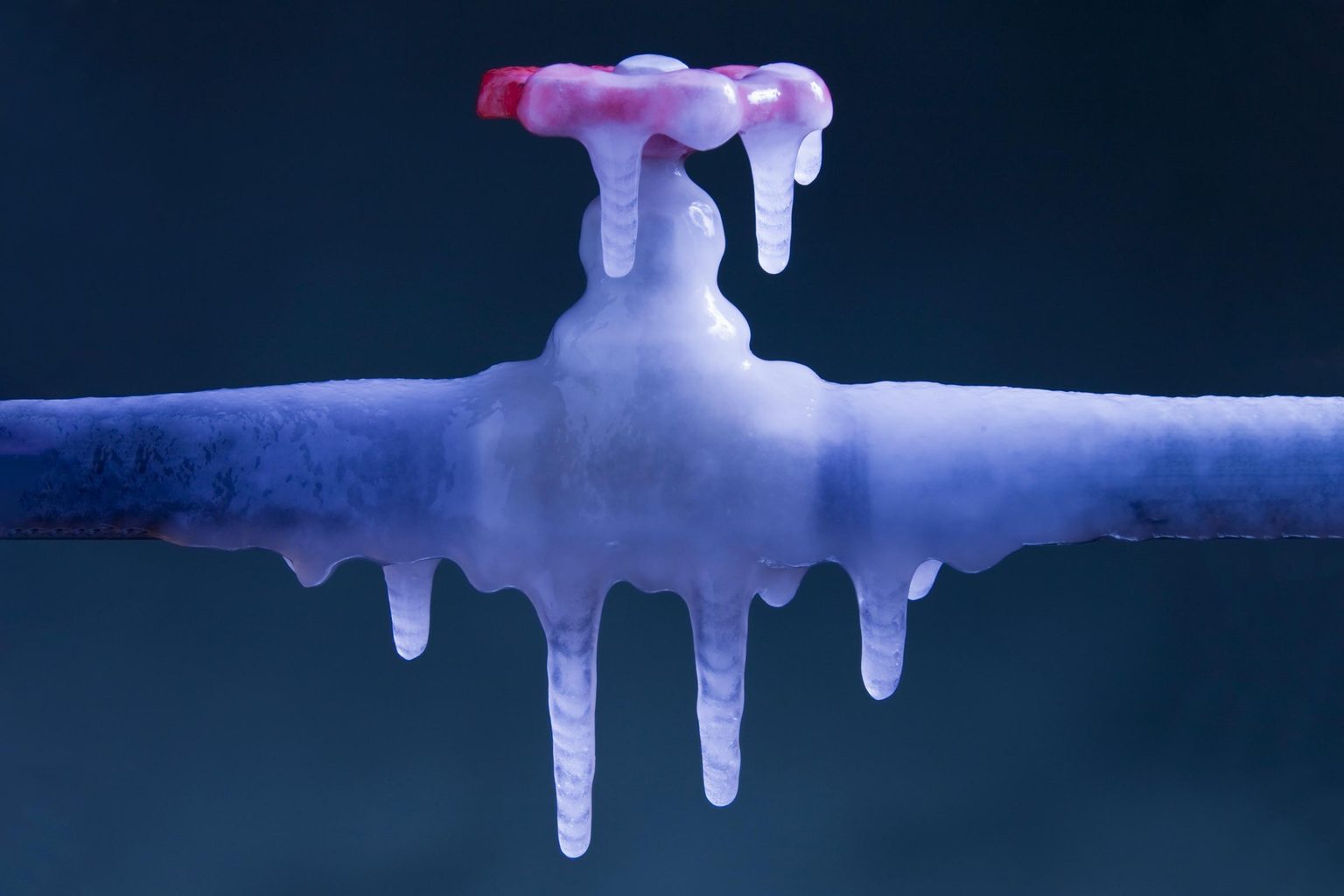
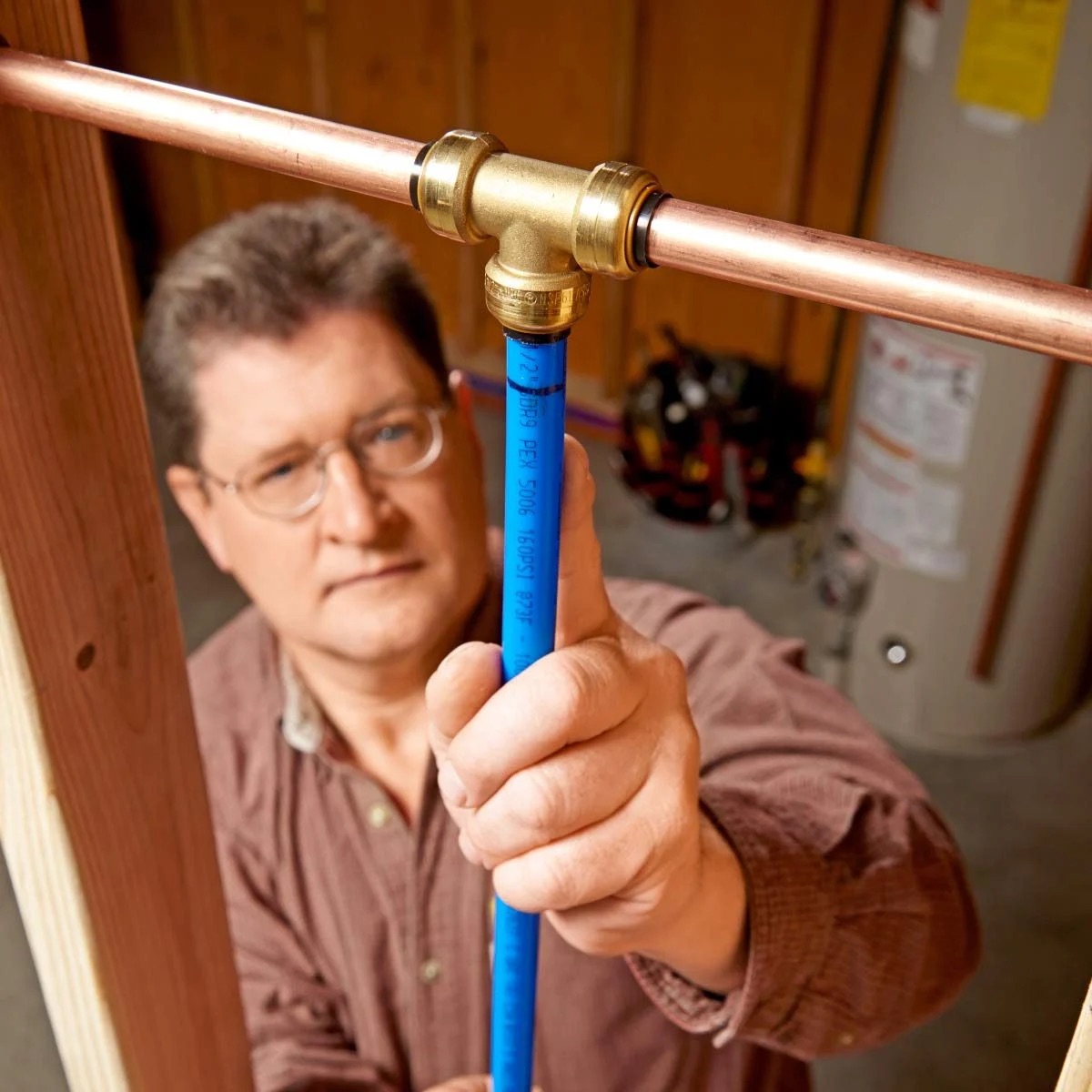
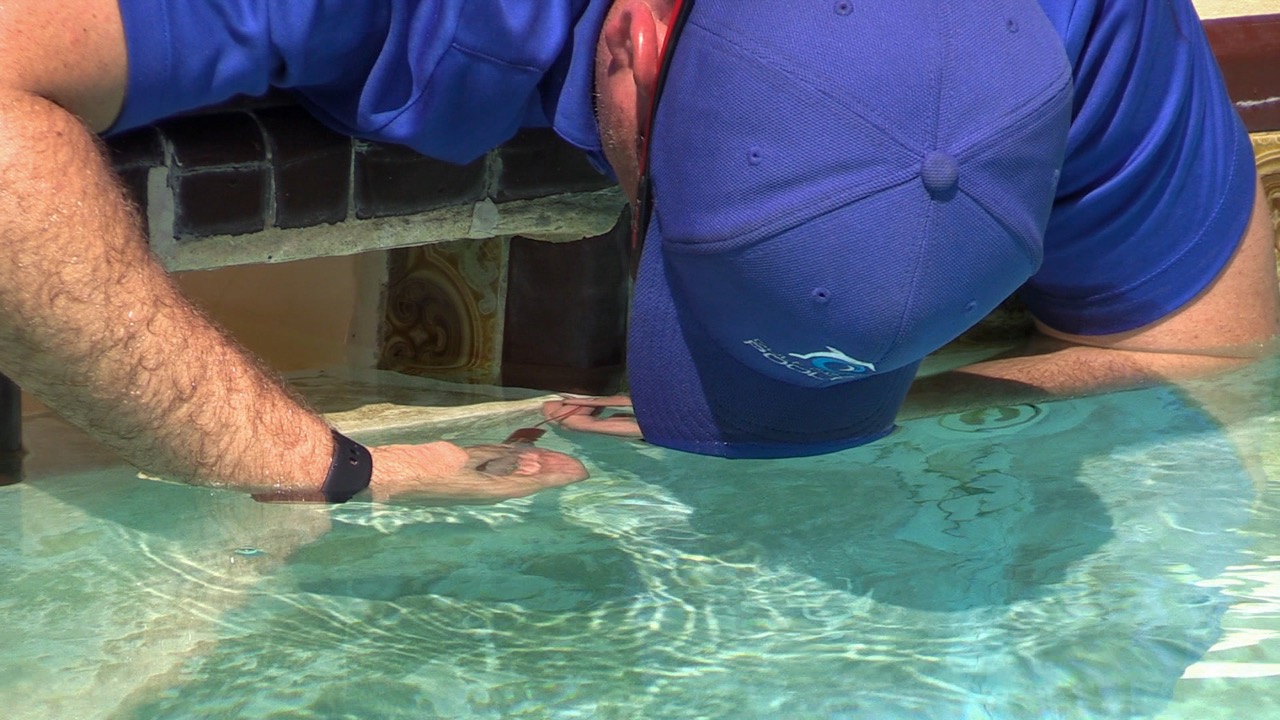

0 thoughts on “How To Find Plumbing Pipe In Walls”